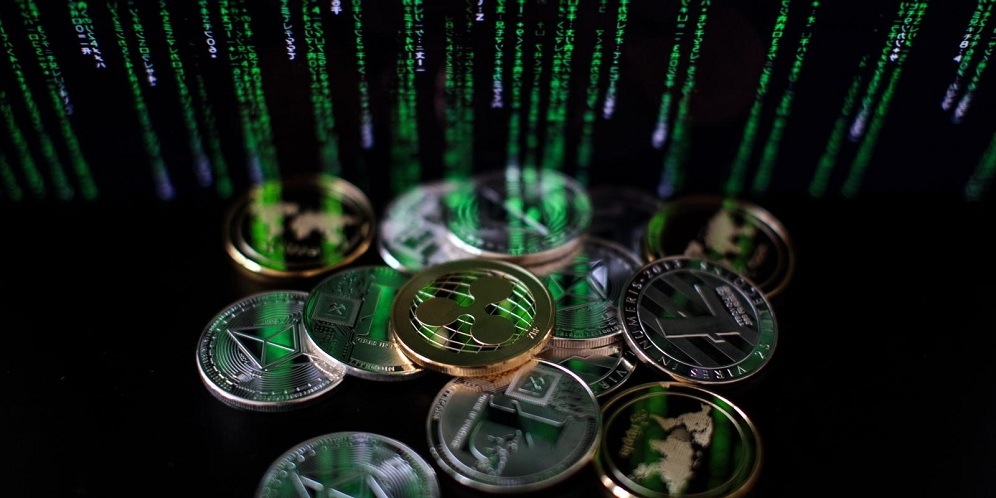Digital Currency
| Date :26-Aug-2021 |

By K R SUDHAMAN :
CBDC could be used directly through a mobile phone, though you may not need a bank account to link it. This will convert the mobile device into a wallet. This will fast-track financial inclusivity and help build a cashless economy. CBDC is programmable money
A MAJOR development in recent weeks in the financial sector has gone largely unnoticed – Reserve Bank of India’s announcement that the central bank is considering phased introduction of its own digital currency and the Modi Government’s proposal to come out with a legislation to regulate virtual currency in the country. These are steps that may not happen in the next few weeks but the thinking is that RBI may bring in a digital currency of its own and likely to unveil a model by the end of the year. The long awaited Cryptocurrency bill to regulate virtual currency in India is expected to go before Union Cabinet soon as a high-level committee led by Economic Affairs Secretary has already submitted its report. “Cabinet note is ready on cryptocurrency (bill). I am awaiting Cabinet to clear that,” Finance Minister Nirmala Sitharaman said recently. The RBI is considering a phased introduction of its own central bank digital currency (CBDC), Deputy Governor T Rabi Shankar said recently. Various issues like the underlying technology and issuance method are being examined by the central bank. “CBDCs are likely to be in the arsenal of every central bank going forward. Setting this up will require careful calibration and a nuanced approach in implementation,” Shankar said. CBDC would be a digital replica of the physical cash in circulation in the country.
Currently, the only alternative to physical currency is debit cards or credit cards. The digital rupee will appear on our smartphones and other digital devices and be available to people and businesses to buy and sell goods and services and send money to each other with virtually no failure. While the digital rupee will not completely replace physical currency but has potential to reduce use of cash and hoarding. Cryptocurrency bill is aimed at creation of the official digital currency to be issued by the Reserve Bank of India. The Bill may prohibit all private cryptocurrencies in India barring certain exceptions to promote the crytptocurrency technology. The inter-ministerial panel has recommended that all private cryptocurrencies be prohibited in India. Bitcoin is among the most popular private crytocurrency in the world and it uses blockchain technology like most of the other virtual currencies. Blockchain technology has potential to prevent Nirav Modi like bank frauds if adopted in the country’s banking and financial system. In India, the 2018 Budget announced that cryptocurrency like bitcoins will not be a legal tender but use of blockchain technology will be encouraged in supply chain management and other areas. RBI banned use of cryptocurrency in India subsequently in April.
There were allegations that cryptocurreny was widely used particularly by politicians of ruling and Opposition parties for money laundering after demonetisation. Blockchain technology has certain protocol, which can be changed but not retrospectively. Blockchain can also be used for remittances, crossborder transfers, stock markets, depositories and customs, healthcare, education and insurance, besides payment systems. Blockchain technology eliminates all intermediaries and transparent. All users will know about the transactions made in cryptocurrency. Blockchain technology is developing rapidly and could be useful for digitisation. Since the CBDC is a currency that does not pay interest, its impact on bank deposits may be limited. Depositors that require CBDCs for transactional purposes are likely to sweep day end balances to interest-earning deposit accounts. While digital transactions are rage, the money still has to be moved between banks.
With CBDC, there won’t be any need for inter-bank settlement, the digital payments will be the final transaction. An RBI CBDC can eliminate third party payment gateways and bring down transaction costs. Digital currencies are not physical assets, such as gold, or readily exchangeable commodities, such as paper currency. Instead, digital currencies are a stream of evanescent bits. It has potential to revolutionise payment system. CBDC could be used directly through a mobile phone, though you may not need a bank account to link it. This will convert the mobile device into a wallet. This will fast-track financial inclusivity and help build a cashless economy. CBDC is programmable money. Its major use can be for lending. If money is lent for a specific purpose, say buying a car, then the funds could be utilised for that purpose only. This will help in keeping track of the funds and reduce non-performing assets for banks. If one wants to make a payment to a foreign party, he can do so immediately and not face currency appreciation or depreciation risks due to the different time zones.
Experts are of the view that RBI may go for a centralised service as blockchain is not capable of handling millions of transactions per hour. Currently, Bitcoin blockchain supports up to seven transactions per second and then there are some others that let a few thousand transactions per second. There is a difference between private cryptocurrency like Bitcoin and sovereign digital currency as proposed by RBI. Private digital currencies are highly decentralised whereas sovereign digital currencies are governed and controlled by central bank. So far no country has launched officially a large-scale CBDC regime and it is anticipated that China will transition to mass adoption of a CBDC by the Beijing Winter Olympics in 2022. The future of money in all probability will be a mix of centralised, decentralised, account-based and token-based with CBDCs, stable coins and cryptocurrencies co-existing alongside traditional digital and physical currencies, a PwC report said recently. (IPA)